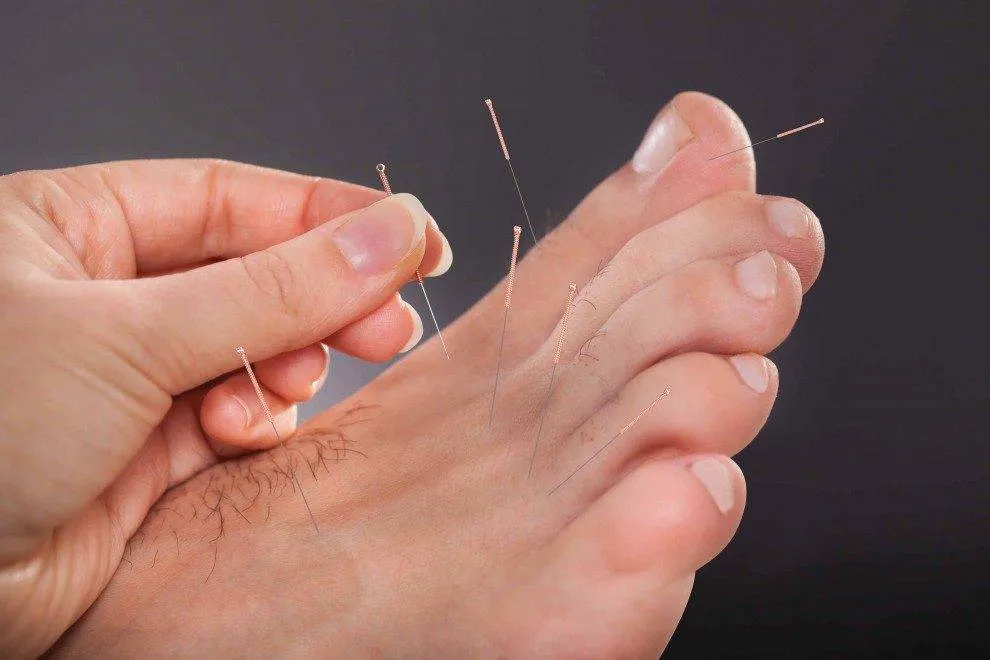Dry needling is a treatment technique used to release myofascial trigger points and knots in muscles that may cause discomfort elsewhere. Trigger points are one of the primary causes of plantar fasciitis and other chronic heel pain conditions. A recent study demonstrated that trigger point dry needling could potentially reduce symptoms.
Reduces Pain
Dry needling is an efficient and safe way to reduce pain in plantar fasciitis. It creates micro-tears in your skin and muscle, which prompts your body’s natural healing processes. At your physical therapy session, they will insert the needle into an area where you experience pain or tightness. They use their finger or hand to feel the area and pinpoint a trigger point–a knotted muscle that causes discomfort–that causes this discomfort.
A needle may cause a minor sting or twitch, but this is normal and should not last long. Some patients experience mild bruising or soreness after their session; however, this usually dissipates within a few days. When receiving dry needling, it is essential to work with a trained therapist, as incorrect placement of the needle could result in a punctured lung or infection. Always contact your provider if you experience any significant bleeding at the insertion site or shortness of breath.
Reduces Inflammation
Dry needling targets myofascial trigger points that cause pain, tightness, and decreased range of motion in certain muscles. These areas, often called knotted muscles or muscle adhesions, have been linked with plantar fasciitis, heel pain, knee pain, tennis elbow, and other musculoskeletal injuries.
Trigger point dry needling involves inserting a fine needle into the center of a trigger point, causing the tissue to contract (pull tight). This provides continuous mechanical stimulation to the area and can often reduce pain within minutes. Dry needling has proven highly effective in treating plantar fasciitis when combined with other physical therapy treatment methods.
Increases Range of Motion
Dry needling increases the range of motion by relieving trigger points (areas of muscle tightness) in the affected area. This technique may be combined with other treatment methods like corrective exercises and mobile physical therapy for maximum benefit.
Trigger points are tissue areas with adhesions or knots that can cause pain and inflammation. Dry needling helps to loosen these trigger points, improving flexibility while relieving pain. Research has demonstrated that dry needling can effectively treat plantar fasciitis, a common condition seen by orthopedic doctors. This procedure is non-invasive and cost-effective.
Increases Flexibility
Dry needling can help increase flexibility in plantar fasciitis by targeting trigger points – knotted muscle tissue sensitive to touch. Your physical therapist uses thin, dry needles to puncture the skin and move it through tissue, applying a steady mechanical stimulus for 15 minutes on top of that to the trigger point.
After just one session, many people experience significant relief from plantar fasciitis pain and mobility. Others may need more than one treatment to see results. It is essential to know that this therapy works best when combined with other treatments like plantar fascia stretches, exercise, and supportive shoes. A physical therapist can assist you in deciding the most beneficial treatments for your condition. To get started, contact us today.



